PPT-Promoting and Protecting
Author : ellena-manuel | Published Date : 2017-09-29
Rights for All Challenges faced by Groups Most At Risk especially Women Human Rights Defenders WHRDs and Lesbian Gay Bi Sexual Transgender and Intersex LGBTI By
Presentation Embed Code
Download Presentation
Download Presentation The PPT/PDF document "Promoting and Protecting" is the property of its rightful owner. Permission is granted to download and print the materials on this website for personal, non-commercial use only, and to display it on your personal computer provided you do not modify the materials and that you retain all copyright notices contained in the materials. By downloading content from our website, you accept the terms of this agreement.
Promoting and Protecting: Transcript
Download Rules Of Document
"Promoting and Protecting"The content belongs to its owner. You may download and print it for personal use, without modification, and keep all copyright notices. By downloading, you agree to these terms.
Related Documents

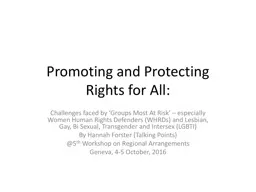
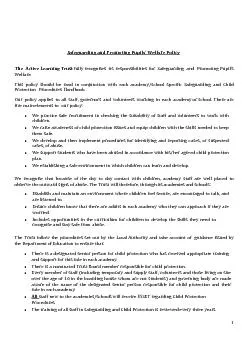
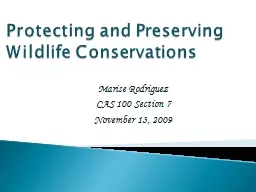
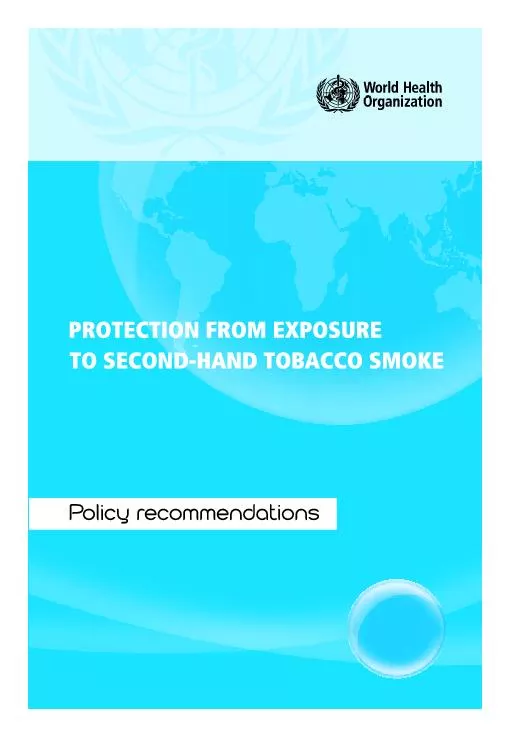
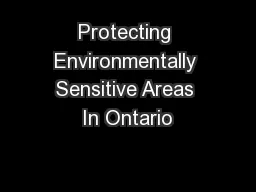
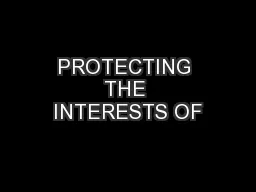
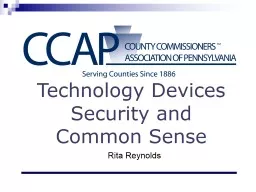
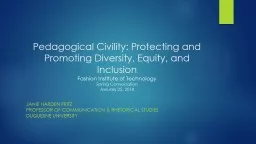
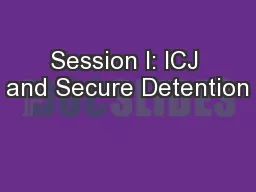
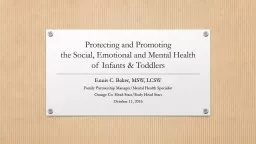

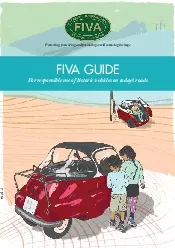
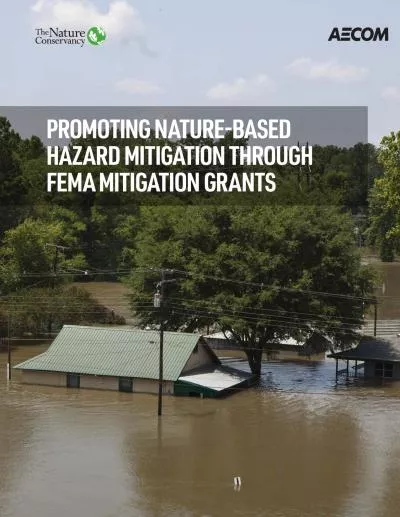
![[PDF READ ONLINE] The ABA Complete and Easy Guide to Health Care Law: Your Guide to Protecting](https://thumbs.docslides.com/1020304/pdf-read-online-the-aba-complete-and-easy-guide-to-health-care-law-your-guide-to-protecting.jpg)